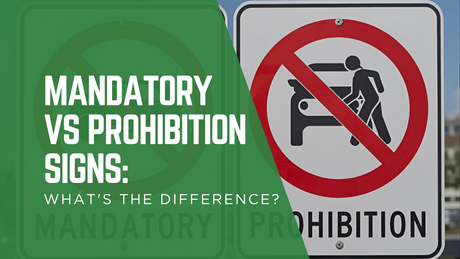The proper storage of dangerous goods is a crucial aspect of ensuring workplace safety and compliance with regulations. One common question that arises is whether it's permitted to store different types of dangerous goods in the same storage cabinet. In this article, we will explore this question and provide insights into the considerations and guidelines surrounding the storage of diverse hazardous materials in a single cabinet.
Understanding Compatibility
It's essential to understand the concept of compatibility before diving into the question. Compatibility refers to the ability of two or more substances to be stored together without causing adverse reactions, such as fires, explosions, chemical reactions, or toxic gas emissions. In the context of dangerous goods storage, compatibility is a primary factor in deciding whether different materials can safely share the same storage space.
Regulatory Guidelines
It is crucial for businesses in Australia to understand the legal requirements for storing dangerous goods. The requirements vary depending on the quantity and type of dangerous goods being stored and the location must comply with specific requirements set out in the ADG Code.
In addition to the ADG Code, businesses must comply with the Work Health and Safety Act 2011 and the Dangerous Goods (Storage and Handling) Regulations 2012. These regulations outline the significance of segregating incompatible substances to prevent unwanted reactions. Combining different types of hazardous materials can result in unpredictable responses, which can pose serious safety risks to individuals and the environment. It's crucial for businesses to follow these regulations diligently to ensure the safe storage and handling of dangerous goods.
For more information on the Australian regulations for storing dangerous goods click the link.
The Australian Regulations For Storing Dangerous Goods?
Segregation and Separation
Given the potential dangers associated with mixing different types of dangerous goods, the general rule is to avoid storing incompatible substances together. Cabinets designed for dangerous goods storage typically have multiple compartments or sections to facilitate segregation. These compartments ensure that incompatible materials are kept apart, reducing the risk of accidental reactions.
Classification of Dangerous Goods
To determine whether different types of dangerous goods can be stored together, it's essential to understand how these materials are classified. Dangerous goods are categorised into classes based on their characteristics, such as flammability, corrosiveness, toxicity, and reactivity. Some common classes include flammable liquids, corrosive substances, toxic materials, and oxidising agents. Mixing substances from different classes in the same cabinet is generally discouraged due to the potential for adverse interactions.
Exceptions and Expert Guidance
In some cases, certain types of dangerous goods may be compatible to be stored together safely. However, making such determinations requires expert knowledge of chemical properties and compatibility testing. If there is uncertainty about whether specific substances can be stored together, it's advisable to seek guidance from professionals, such as chemists or hazardous materials consultants.
Risk Assessment
Before considering the storage of different types of dangerous goods together, conducting a thorough risk assessment is crucial. This assessment involves evaluating the properties of the materials, potential reaction risks, and the likelihood of exposure to external factors like temperature fluctuations or humidity. A comprehensive risk assessment helps in making informed decisions about storage practices.
Conclusion
The storage of different types of dangerous goods in the same cabinet should be approached with caution and adherence to regulatory guidelines. Compatibility, proper segregation, and a clear understanding of the classification of dangerous goods are essential factors to consider. The priority remains ensuring the safety of personnel, preventing chemical reactions, and minimising the risks associated with the storage of hazardous materials.




